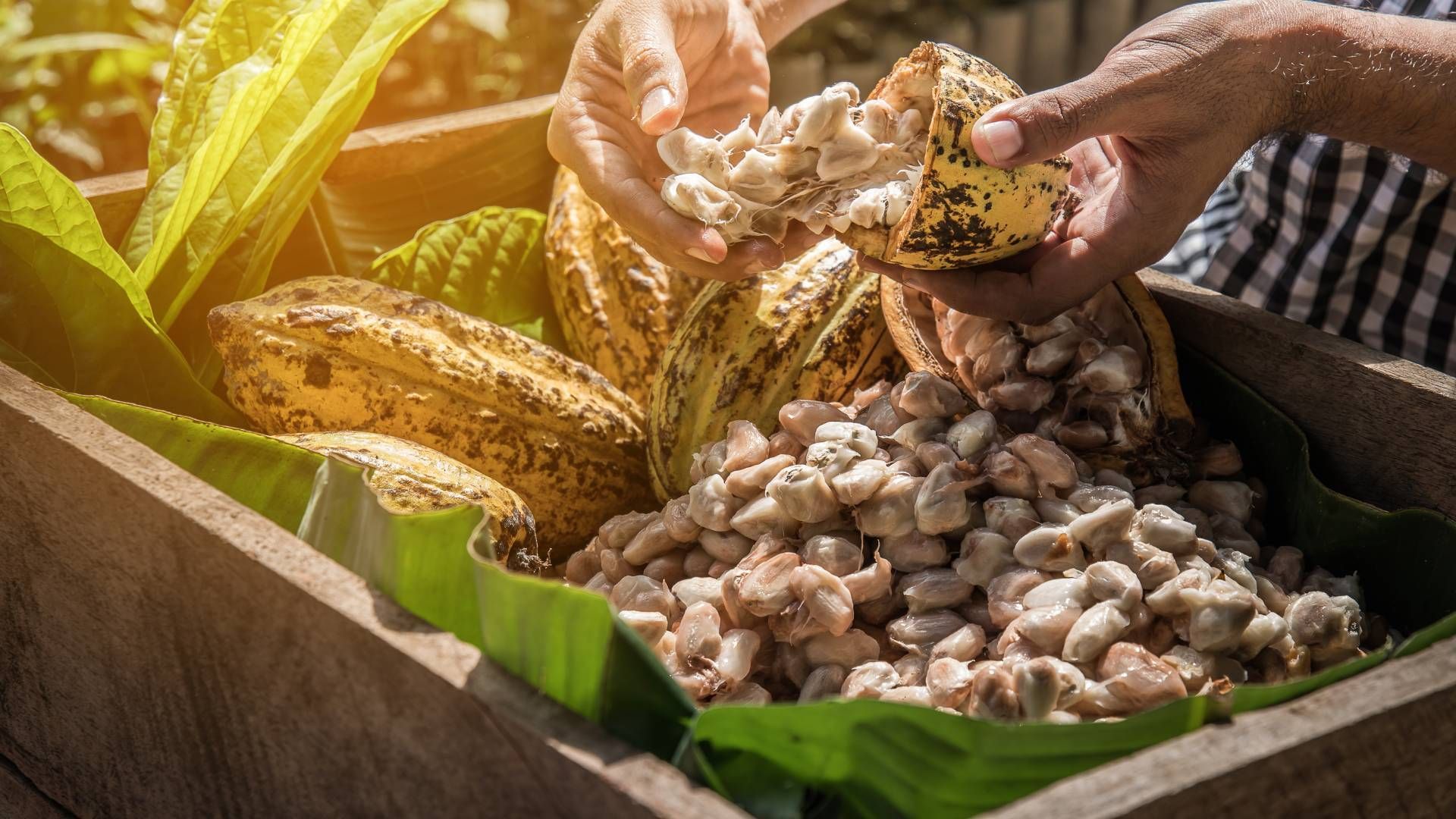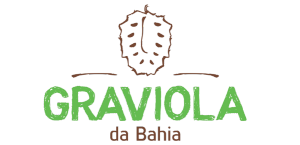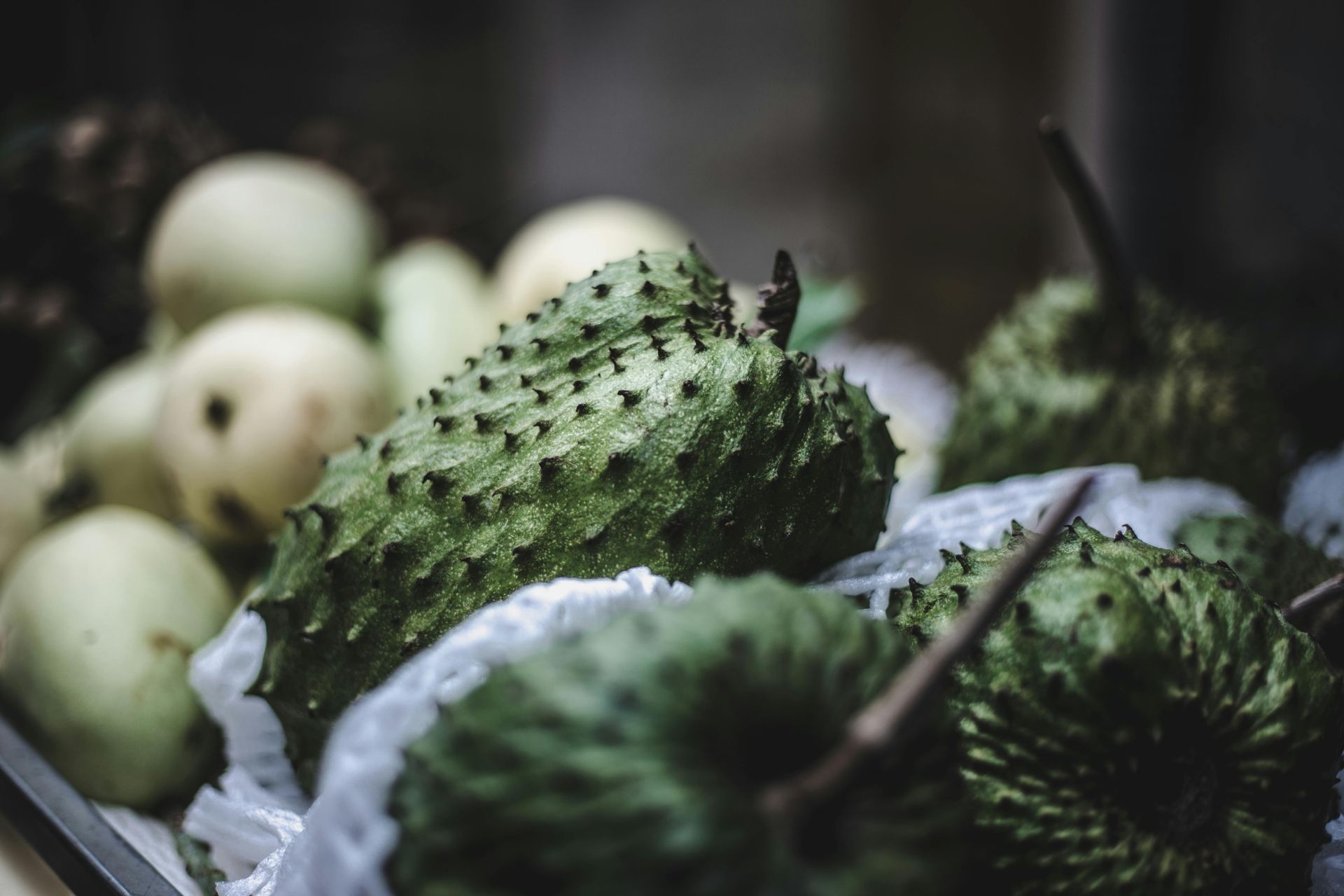Cocoa Pulp and Its Various Applications
Discovering Cocoa: Origin and Cultivation in the Southern Region of Bahia

Cocoa is much more than just an ingredient for making chocolate. It carries a rich history and immense economic importance, especially in the southern region of Bahia. With its lush plantations, this area stands out as one of Brazil’s largest cocoa producers. But did you know that cocoa pulp also has amazing applications? In this article, we will explore everything about this wonderful fruit — from its cultivation to its various uses in gastronomy and industry. Get ready to discover the wonders of cocoa and how it can transform your diet and your palate!
Cocoa has its roots in the Amazon and its history is deeply intertwined with Indigenous cultures. In southern Bahia, this tradition has been nurtured and refined over the years. The region’s climate, with high humidity and mild temperatures, is ideal for the growth of cocoa trees.
The cultivation process requires specific care. From soil selection to the manual harvesting of the fruit, each step is essential to ensure the quality of the final product. Local producers combine traditional techniques with sustainable practices that value environmental preservation.
Economically, cocoa represents a significant source of income for many families in Bahia. It also drives other economic activities in the region, such as rural tourism and artisanal fine chocolate production. The cultural richness associated with cocoa makes this fruit even more special within the Brazilian context.
A. Characteristics of Cocoa
Cocoa is a tropical fruit known for its rich aroma and unique flavor. Belonging to the Malvaceae family, its pods can be found in a variety of colors, ranging from green to reddish-brown. Cocoa beans are the heart of the plant, used in both the food industry and in cosmetic products.
The texture of the beans can vary from smooth to crunchy, depending on the processing method. They are rich in flavonoids, known for their antioxidant properties and cardiovascular health benefits. Additionally, they contain theobromine, a compound that provides a sense of well-being.
Another remarkable characteristic of cocoa is how it is cultivated in southern Bahia. The humid climate and fertile soil provide ideal conditions for its healthy and sustainable development.
B. Cultivation Process in Southern Bahia
Cocoa cultivation in southern Bahia combines tradition and innovation. The region’s humid tropical climate offers ideal conditions for cocoa trees to thrive. Local producers employ sustainable techniques that respect biodiversity and help preserve the environment.
The plantations are usually shaded by native trees, creating a microclimate favorable for fruit development. This not only enhances the quality of the cocoa but also aids in conserving local wildlife. Careful management is essential for ensuring healthy and productive harvests.
During the harvest, the fruit is handpicked with great care. This attention to detail results in high-quality beans that reflect the unique flavor of Bahian cocoa. The involvement of rural communities in this process strengthens social ties and values this rich agricultural heritage.
C. Economic Importance of Cocoa in the Region
Cocoa plays a vital role in the economy of southern Bahia. This region is one of the largest cocoa producers in Brazil, contributing significantly to local development. Cocoa cultivation not only generates direct employment on farms but also supports sectors such as transportation and commerce.
Furthermore, cocoa production is closely linked to environmental preservation. Many farms adopt sustainable practices that help conserve native forests, promoting a balance between agriculture and biodiversity. This attracts sustainability-focused investments.
The growing international demand for fine chocolates and cocoa pulp products boosts the income of local farmers. New commercial opportunities continue to emerge, strengthening the entire production chain and bringing significant economic benefits to the region’s residents.
II. Diverse Applications of Cocoa in Industry and Gastronomy
Cocoa is a versatile ingredient that goes far beyond chocolate. In the industry, its pulp has gained attention for being rich in nutrients and having a wide range of innovative applications. This part of the fruit can be transformed into products such as ice creams, jams, and even healthy energy drinks.
In gastronomy, cocoa pulp is a true gem. Its unique flavor opens new possibilities for combinations in both sweet and savory dishes. Chefs are increasingly exploring its potential to create surprising recipes that delight the senses.
Moreover, juice extracted from cocoa pulp is becoming popular due to its antioxidant properties and health benefits. It’s a refreshing and nutritious option, ideal for those seeking healthier beverage alternatives in their daily lives.
A. Cocoa Pulp: Benefits and Uses
Cocoa pulp is a surprising byproduct of the cocoa fruit, packed with nutritional benefits. Rich in antioxidants, it helps combat free radicals in the body, promoting better health and contributing to longevity. It also has anti-inflammatory properties that may benefit people with chronic conditions.
In cooking, cocoa pulp stands out for its sweet and slightly tangy flavor. It can be used in smoothies, desserts, or even as a main ingredient in savory dishes. Its versatility allows for the creation of innovative and healthy recipes.
Beyond its culinary uses, the pulp is also being explored in the cosmetics industry. Thanks to its hydrating and nourishing properties, many skincare products are incorporating this natural ingredient into their formulas.
B. Cocoa Pulp Juice: Properties and Health Benefits
Cocoa pulp juice has gained popularity for its nutritional properties. Rich in antioxidants, it helps fight free radicals in the body, contributing to healthy aging and more radiant skin.
Additionally, the juice is known for its energizing effect. It contains flavonoids that stimulate blood circulation and improve physical performance. For those looking for a natural boost before workouts, this drink can be an excellent choice.
Another positive aspect is that cocoa pulp juice contains compounds that support cardiovascular health. Regular consumption may help reduce blood pressure and improve vascular function. This combination makes it a delicious and beneficial addition to a daily diet.
C. Cocoa-Based Recipes: Culinary Inspirations
Cocoa is an incredibly versatile ingredient in the kitchen, capable of enhancing the flavor of a wide variety of dishes. From classic desserts to surprisingly savory meals, the possibilities are endless. Cocoa pulp, rich in flavor and nutrients, can be used to create light mousses or fudgy brownies that melt in your mouth.
Try making a cocoa pulp mousse with simple ingredients: blend the pulp with cream and sugar until smooth. For savory lovers, how about something different? Add the pulp to meat or poultry sauces to bring a sweet and complex touch to your dishes.
Another delicious idea is energy smoothies made from the pulp. Mix it with banana and natural yogurt for a nutritious breakfast or post-workout snack. The combinations are infinite!
By incorporating cocoa into your recipes, you not only enjoy the unique flavors of this marvelous fruit but also benefit from its health properties. So, unleash your culinary creativity and discover new uses for irresistible cocoa pulp in your daily routine!
Você também pode se interessar por outras frutas




